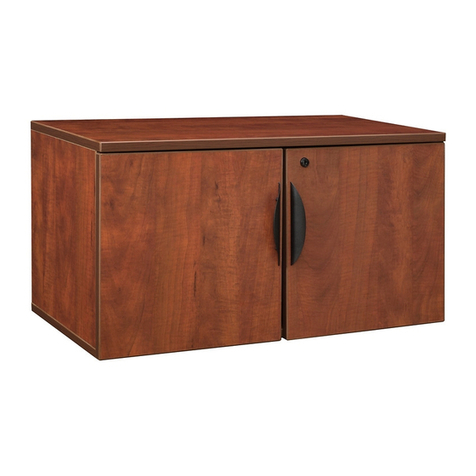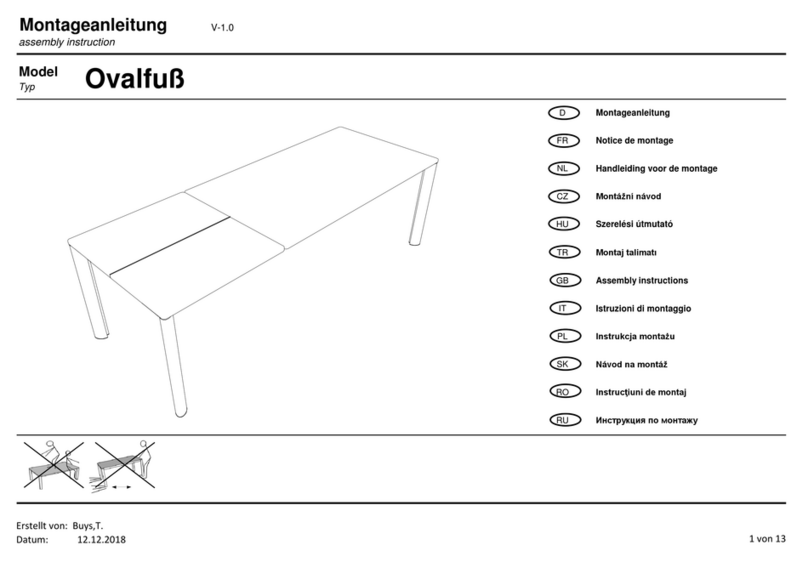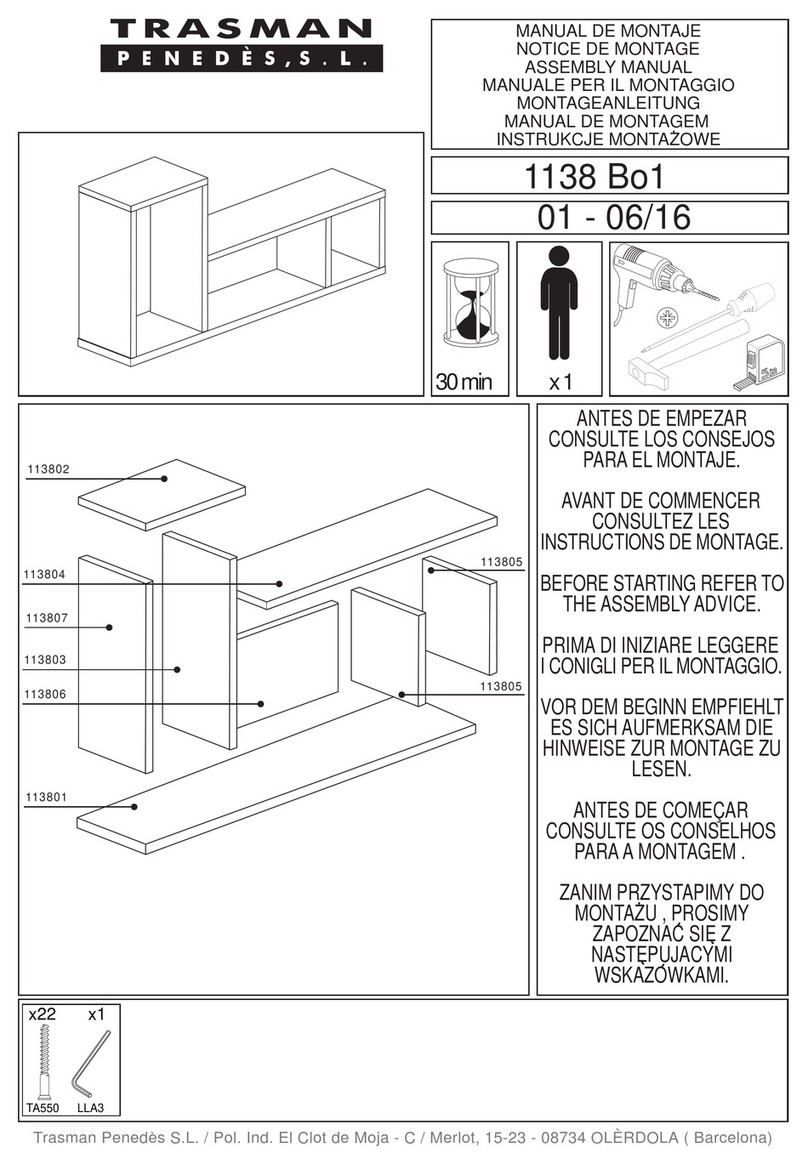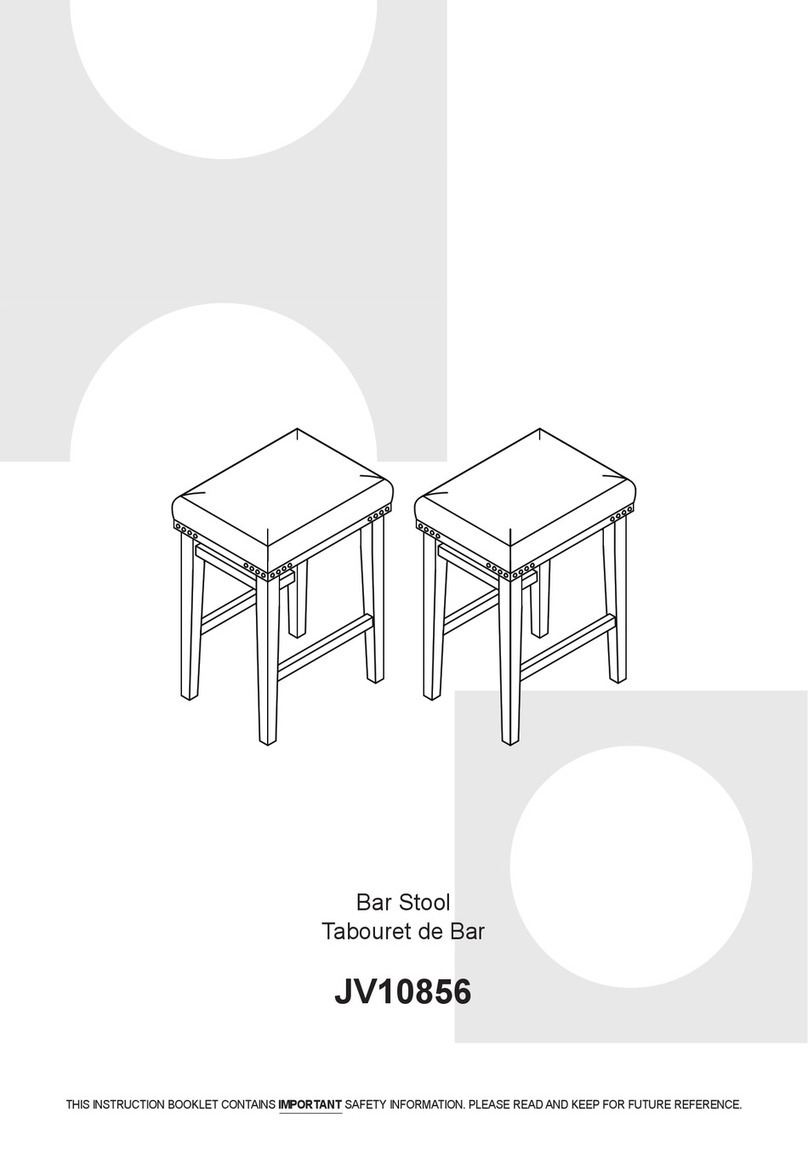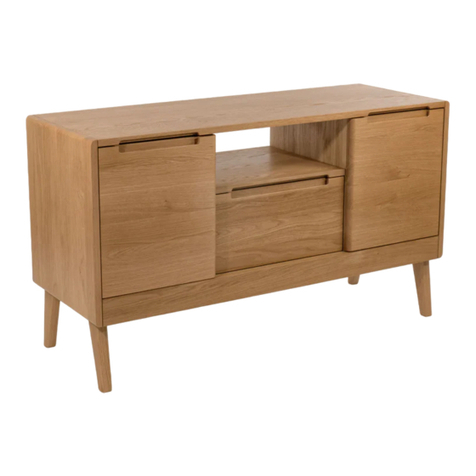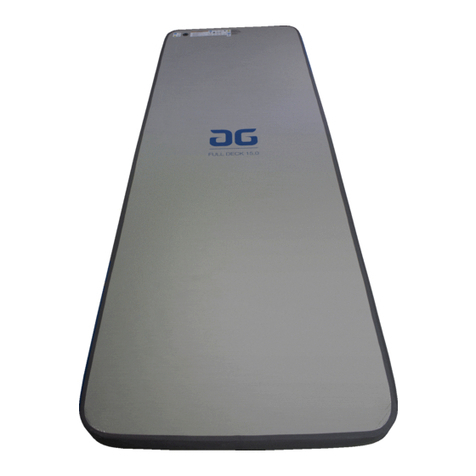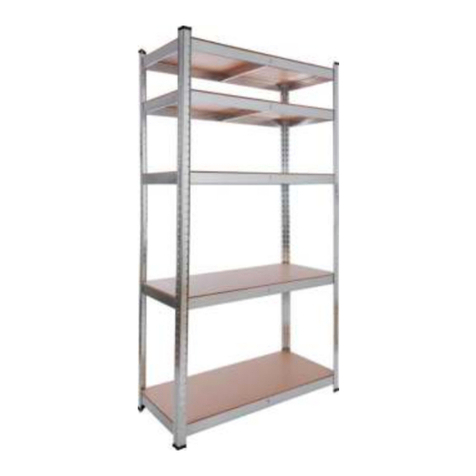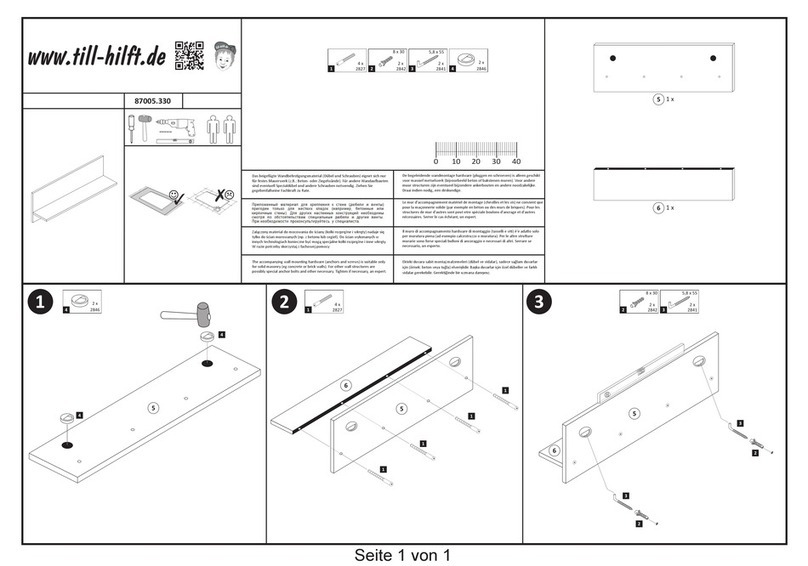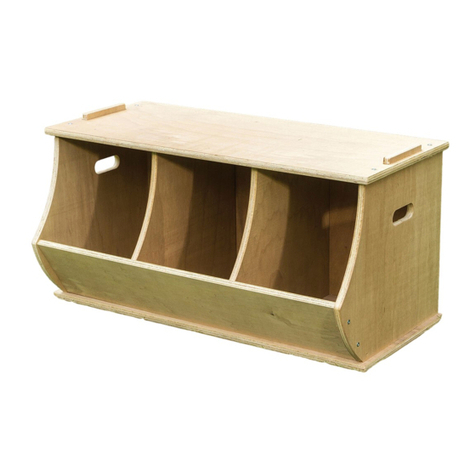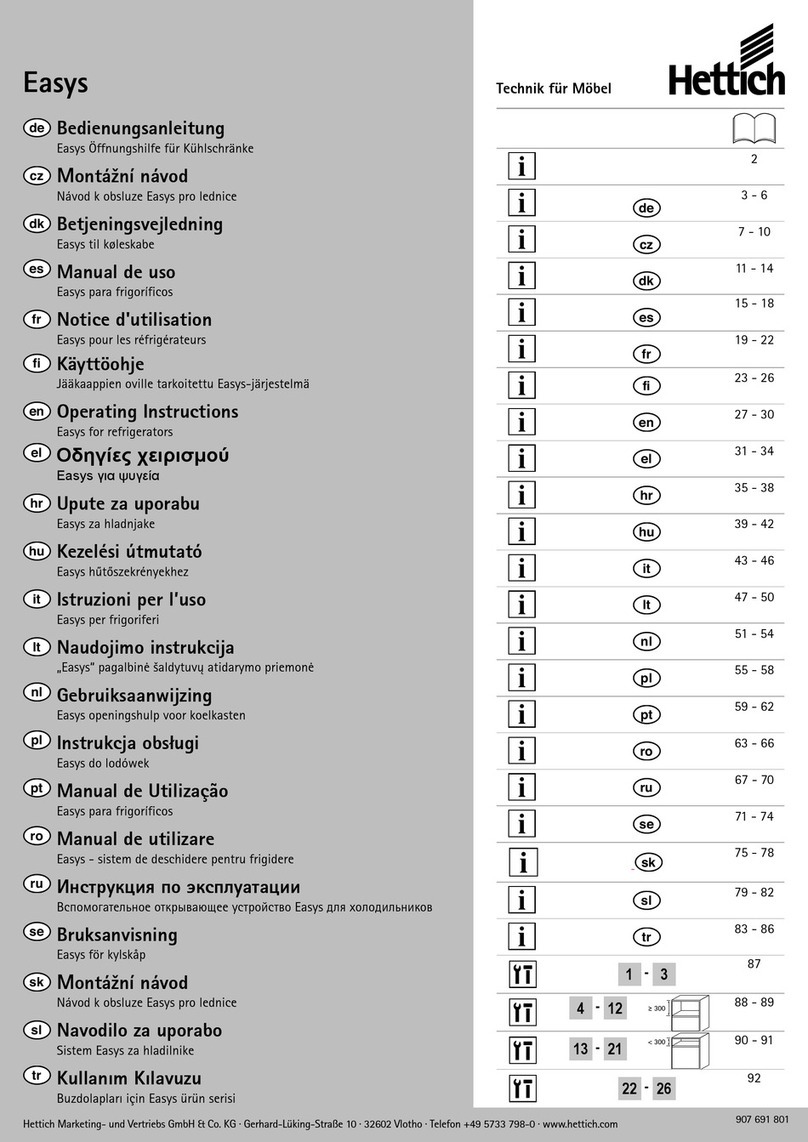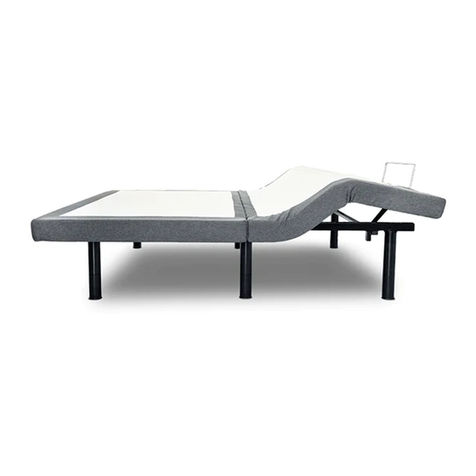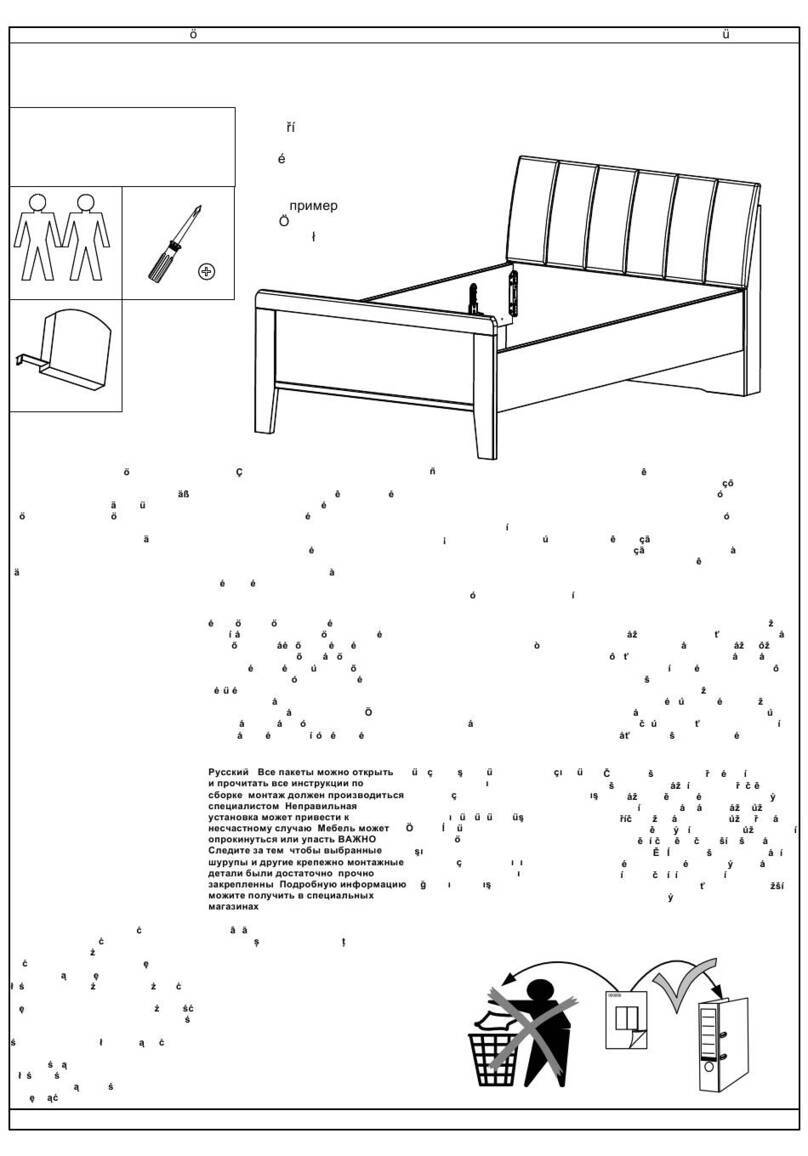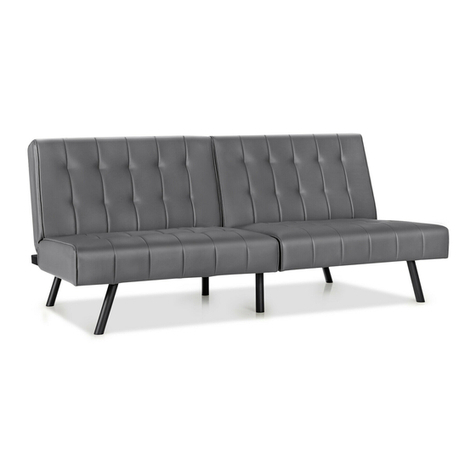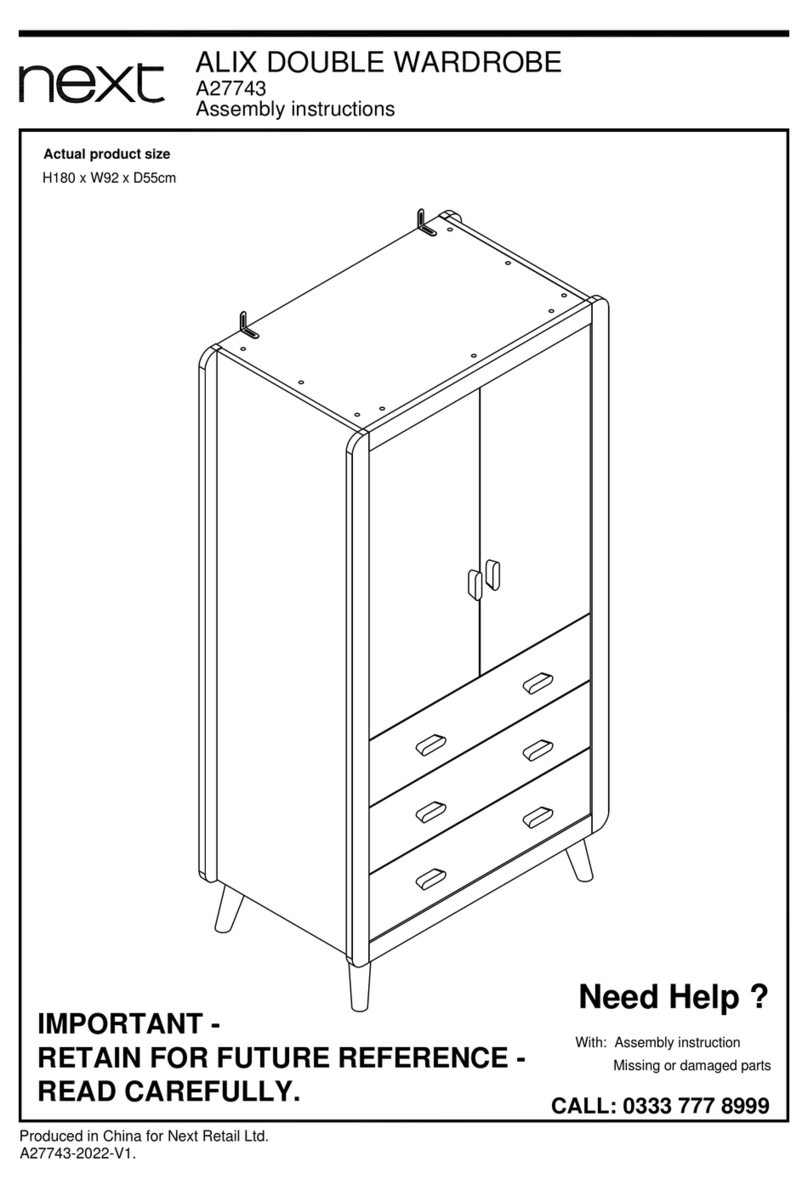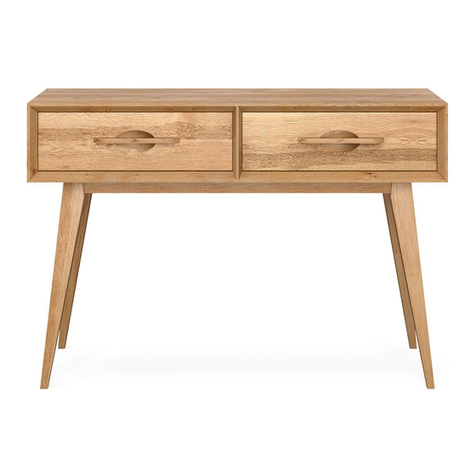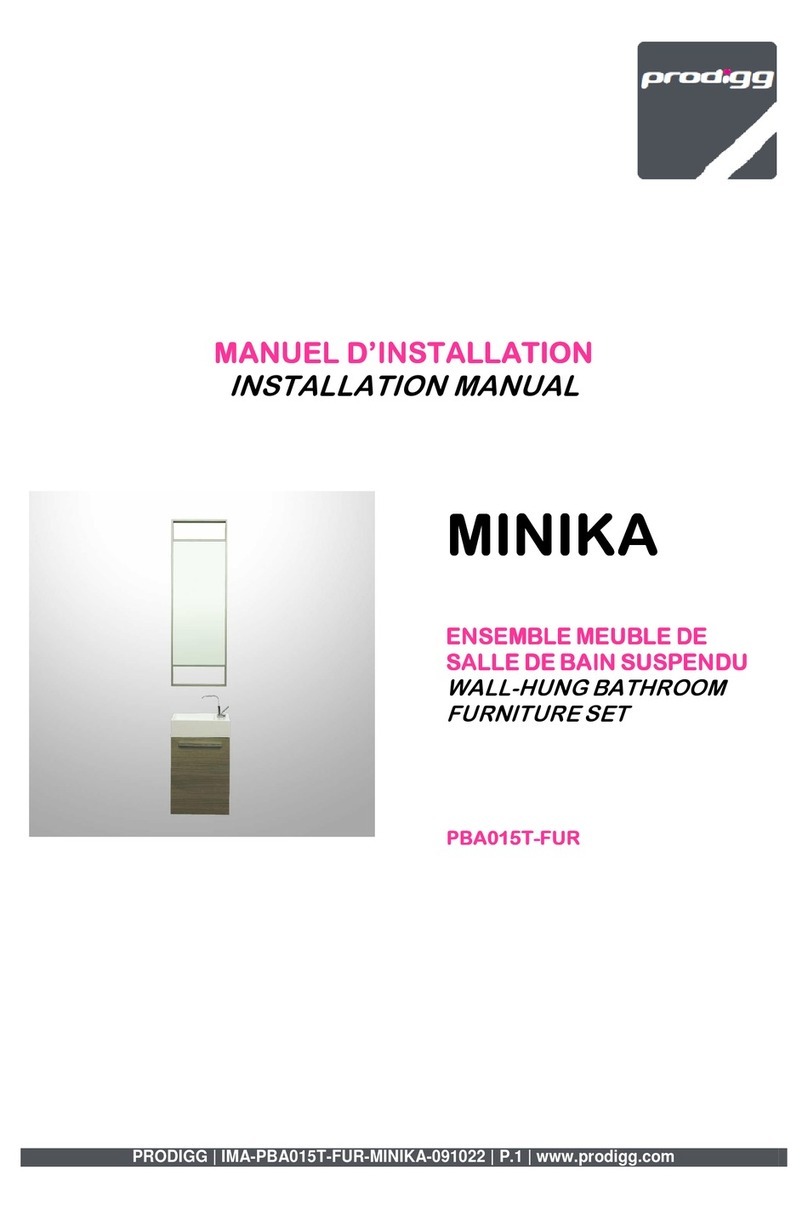
2
!WARNING: FAILURE TO FOLLOW THESE WARNINGS AND THE
ASSEMBLY INSTRUCTIONS COULD RESULT IN SERIOUS INJURY OR DEATH.
When child is able to pull to a standing position, set the mattress to the lowest
position and remove bumper pads, large toys and other objects that could serve
as steps for climbing out.
When a child is able to climb out or reaches the height of 35 in. (90 cm), the crib
shall no longer be used.
DO NOT place a crib near a window where cords from blinds or drapes may
strangle a child.
To reduce the risk of SIDS, pediatricians recommend healthy infants be placed on
their backs to sleep, unless otherwise advised by your physician.
To help prevent strangulation tighten all fasteners. A child can trap parts of the
body or clothing on loose fasteners.
Strings can cause strangulation! Do not place items with a string around a
childs neck, such as hood strings or pacifier cords. Do not suspend strings over
a crib or attach strings to toys.
Before each usage or assembly, inspect crib for damaged hardware, loose joints,
missing parts or sharp edges. DO NOT use crib if any parts are missing or broken.
Contact your dealer or write to Young America, PO Box 30, Stanleytown, VA 24168
for replacement parts and instructional literature if needed.
DO NOT substitute parts. Use only bolts or parts supplied by manufacturer or
parts of comparable quality and equal dimensions. Do not allow ends of bolts or
sharp edges to be exposed.
Follow warnings on all products in a crib.
If refinishing, use a non−toxic finish specified for children’s products.
Infants can suffocate on soft bedding. Never add a pillow, comforter or padding.
Never place additional padding under an infant.
Infants can suffocate in gaps between crib sides and a mattress that is too small.
Never use plastic shipping bags or other plastic film as mattress covers because
they can cause suffocation.
Do not allow child to crawl or play underneath crib.
Use caution when a vaporizer is in use. Always aim the vapor steam away from
the crib as well as away from any other wood furniture item.
The crib must be fully assembled prior to use.
Read all instructions before assembling crib. KEEP INSTRUCTIONS FOR
FUTURE USE.
CAUTION: Any mattress used in this crib must be at least 27−1/4˜
by 51−5/8˜ with a thickness of no less than 4 inches and not exceeding 6 inches.
When Converting to a Toddler Bed:
NEVER use bed with children under 15 months of age.
The maximum weight of the intended user shall not be greater than 50 lb (22.7kg).
